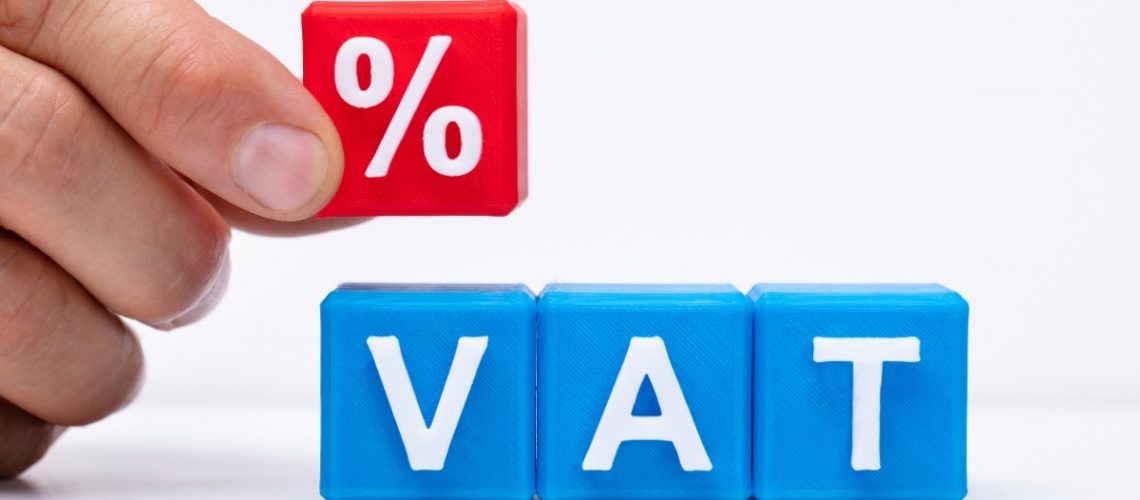As part of the July Stimulus Package the Minister for Finance has announced a temporary reduction in the standard rate of VAT for a six month period. On 1 September 2020, the standard rate of VAT will change from 23% to 21%. The rate is due to revert to 23% with effect from 1 March 2021.
The breadth of the application of the standard rate means the majority of traders in Ireland will need to consider the impact on their business and changes to systems to implement the VAT rate reduction.
It is important to note the VAT rate change will not impact all supplies.
Importantly, the change will not impact the VAT treatment of supplies which qualify for the reduced rate of VAT which remains at 13.5%. This includes many activities in the tourism and hospitality sector such as meals in a restaurant, hotel accommodation, housing and hairdressing as well as general repairs and maintenance.
You should consider how the change will impact your business and any actions you need to take to ensure that you are ready for the change:
Invoices
-
On or after 1 September 2020 VAT invoices issued by a VAT registered person (who is not on the cash receipts basis) to a VAT registered person, a public body or a business carrying on a VAT exempt activity should show VAT at the new 21% rate. This is so even if the goods or services were supplied before this date.
- A trader on the cash receipts basis who is required to issue a VAT invoice to another VAT registered person should show the VAT rate which applies on the date of the supply, not on the date of receipt of payment.
Credit notes
- Where on or after 1 September 2020 a VAT credit note or debit note relating to a supply of goods or services which contains a VAT adjustment and which is issued to a VAT registered person, a public body or a business carrying on a VAT exempt activity should show VAT at the rate in force at the time the original invoice was issued.
- Any VAT credit note or debit note relating to a supply of goods or services to a consumer on or after the 1 September 2020 should show or include VAT at the rate in force at the time of the supply.
Advance Payments
- If the goods or services are supplied on or after 1 September 2020, any advance payments, including deposits, received from VAT-registered persons can be categorised as follows:
- Suppliers who account for VAT on an invoice basis: the appropriate VAT rate is the rate in force at the time the invoice relating to the advance payment is issued, or ought to have been issued, whichever is the earlier.
- Suppliers who account for VAT on a cash receipts basis: the appropriate VAT rate is the rate in force at the time of the advance payment.
- An advance payment received from an unregistered person is subject to VAT by reference to the rate in force at the time of the advance payment.
Contracts
- In a situation where a contract has been entered into at the time the 23% VAT rate applies, and the contract is not completed before 1 September 2020, an adjustment to account for the decrease in the VAT rate may be necessary in the absence of agreement to the contrary between the parties.
